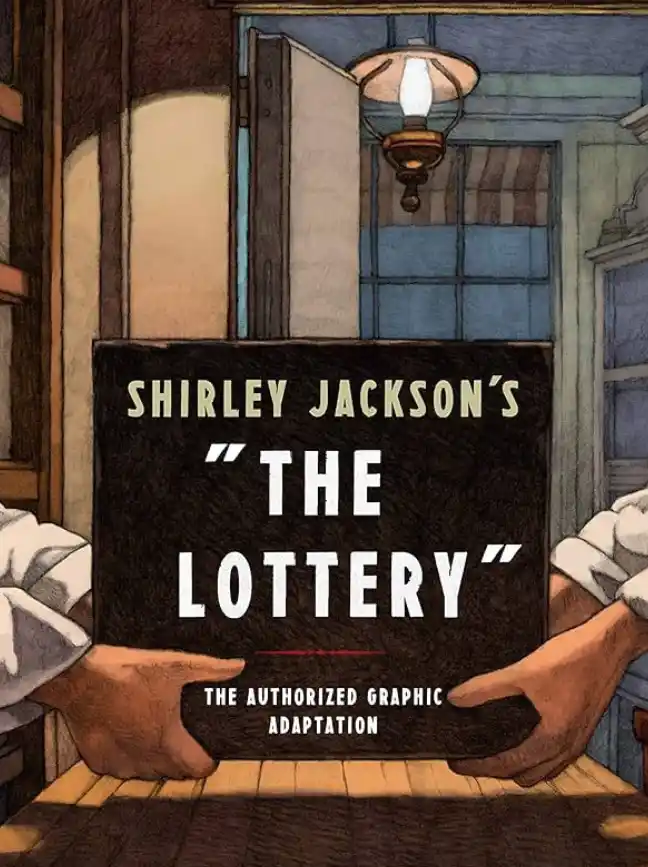1765 Horace Walpole’s The Castle of Otranto, the first true Gothic novel, is published.
1789 The French Revolution erupts, signaling the end of the French monarchy, the rise of the middle class, and improvements in the social status of women; this intense and violent revolt has a pro found impact on the Romantic literary movement.
1791 Italian physician Luigi Galvani announces his discovery of “animal electricity,” which manifests in the twitching of nerves and mus cles when an electric current is applied.
1796 Mary Wollstonecraft, author of the proto-feminist essay A Vindi cation of the Rights of Woman and a member of an intellectually radical circle that includes William Blake, William Godwin, Thomas Hol croft, James Johnson, Thomas Paine, and William Wordsworth, begins an affair with Godwin.
1797 The two marry. Mary Wollstonecraft gives birth to Mary Woll stonecraft Godwin and dies from complications eleven days later.
1798 Wordsworth and Samuel Taylor Coleridge publish The Lyrical Bal lads, a collaboration that helps shape the sensibilities of the Ro mantics. William Godwin publishes Memoirs of the Author of A Vindication of the Rights of Woman, an emotional biography of Mary Wollstonecraft. The book, which details Wollstonecraft’s suicide attempts and the couple’s sex life, causes much scandal. Before she begins writing Frankenstein, Mary Shelley reads the memoir sev eral times.
1801 Godwin marries Mary Jane Clairmont, whose son, Charles, and daughter, Jane, join the household; also living with them is Fanny Imlay, Mary Wollstonecraft’s daughter by Captain Gilbert Imlay, an American.
1812 The poet Percy Bysshe Shelley, recently expelled from Oxford for refusing to admit to writing The Necessity of Atheism, initiates a cor respondence with William Godwin, whom he admires; Godwin, famous for his 1793 Enquiry Concerning Political Justice, is also admired by Coleridge, among others. Mary spends ten blissful months in
Dundee, Scotland; she falls in love with the Scottish landscape, which will feature prominently in Frankenstein.
1814 At age sixteen, Mary elopes with Percy Shelley, taking along her stepsister, Jane. Mary’s father refuses to speak to her for the next two years. Jane, who later changes her name to Claire, becomes a semipermanent fixture in Percy and Mary’s household. Percy continues to see his wife Harriet intermittently.
1815 Mary gives premature birth to an unnamed daughter who dies within days. Percy makes the acquaintance of the critic and essayist William Hazhtt and the poet John Keats.
1816 Mary gives birth to a son, William. The family relocates to Geneva, where they meet George Gordon, Lord Byron. In a friendly “ghost story” competition, Byron produces “A Fragment.” His literary friend and doctor John William Pohdori writes “The Vampyre: A Tale,” which is not published until 1819, when it is attributed to Byron; “The Vampyre” later greatly influences Bram Stoker’s Dra cula ( 1897 ) . At the encouragement of Percy and Byron, Mary Shel ley begins writing Frankenstein. Mary’s half-sister, Fanny, commits suicide. Harriet Shelley drowns herself and her unborn child, her third by Percy. Percy and Mary, who is also pregnant, marry at St. Mildred’s Church in London on December 30.
William Godwin reconciles with his daughter.
1817 The Shelleys move to Great Marlow, on the Thames. Claire gives birth to Byron’s daughter, Allegra. Mary gives birth to a daughter, Clara. History of a Six Weeks’ Tour recounts the Shelleys’ travels through France, Switzerland, Germany, and
Holland in 1814 fol lowing their elopement. Mary completes Frankenstein.
1818 Frankenstein; or, The Modern Prometheus, published anonymously in three volumes, is an overwhelming success. Clara, Mary’s daughter, dies in Venice. Byron begins his epic poem Don Juan.
1819 Young William, whom Percy adoringly calls “Will-mouse,” dies of malaria. Mary gives birth to Percy Florence, her only child to survive infancy.
1820 Percy publishes Prometheus Unbound: A Lyrical Drama. Hans Christian Ørsted discovers the connection between electricity and magnet ism.
1821 John Keats dies, and Percy elegizes him in the long poem Adonais. Percy writes a critical essay, A Defence of Poetry, not published until
1840, that claims poets are the “unacknowledged legislators of the world.” Though she is surrounded by radicals, Mary Shelley’s worldview becomes increasingly conservative.
1822 Mary miscarries and nearly dies of hemorrhaging. Percy and his friend Edward Williams drown on July 8 when their boat, the Don Juan, sinks during a storm.
1823 Mary Shelley’s novel Valperga is published. Richard Brinsley’s play Presumption; or, The Fate of Frankenstein opens at the English Opera House, and Mary attends a performance. Frankenstein is reprinted in two volumes, this time bearing Mary Shelley’s name. Four more plays based on Frankenstein open this year, all to minimal success.
1824 Mary publishes Percy Bysshe Shelley’s Posthumous Poems.
Percy’s fa ther, Sir Timothy Shelley, tells Mary he will withhold Percy Flor ence’s allowance until Mary stops publishing the late poet’s writing.
1826 The Last Man, one of Mary Shelley’s finest novels, chronicles
the last surviving member of the human race, which has been all but wiped out by plague.
1828 Mary contracts smallpox. Over the next ten years, she contributes several short stories and poems to The Keepsake and other journals.
1830 Mary Shelley’s novel The Fortunes of Perkin Warbeck is published.
1831 She revises Frankenstein for publication in Bentley’s Standard Novels. In this edition, she includes an introduction that reveals a mature and almost nostalgic attitude toward the novel and its inspiration.
1835 Mary Shelley’s semiautobiographical novel Lodore is published. She contributes biographical essays to Lardner’s Cabinet Cyclopaedia; over the next four years she writes about the lives of historical figures.
1836 William Godwin dies at the age of 80.
1837 Falkner, Mary Shelley’s final novel, makes little impression on a public smitten with the work of Charles Dickens, and she stops writing novels. Queen Victoria is crowned.
1839 Mary publishes Percy Shelley’s Poetical Works in four volumes. She becomes infirm and battles various illnesses for the rest of her life.
1844 Rambles in Germany and Italy, a book describing Mary’s travels with her son Percy Florence and his friends, is published.
1851 After several strokes, Mary Shelley dies on February 1, at age
53. The remains of Mary Wollstonecraft and William Godwin are re
located to the churchyard at St. Peters, Bournemouth, and the three are buried there side by side.
1910 The first film adaptation of Frankenstein, produced by Thomas Edi son, is released.
1931 James Whale’s film adaptation of Frankenstein premieres, starring Boris Karloff as the monster, in what is perhaps the best known and most popular of the films made from Shelley’s novel.
1959 Mary Shelley’s Mathilde, a novel that deals with father- daughter incest, is published; it was begun in 1819 but was suppressed by William Godwin.
1997 A sheep called Dolly, the first successfully cloned mammal, is born.







